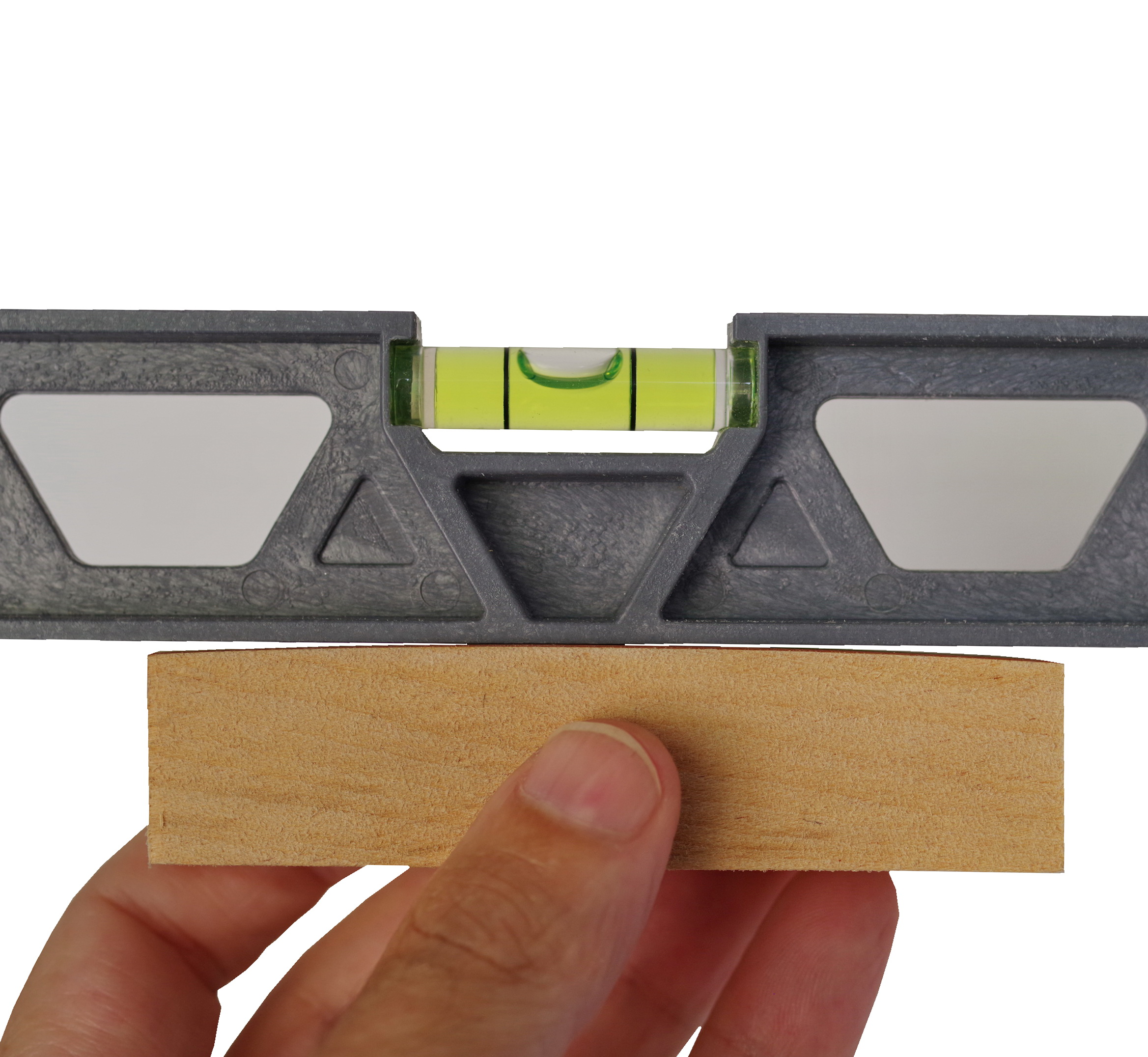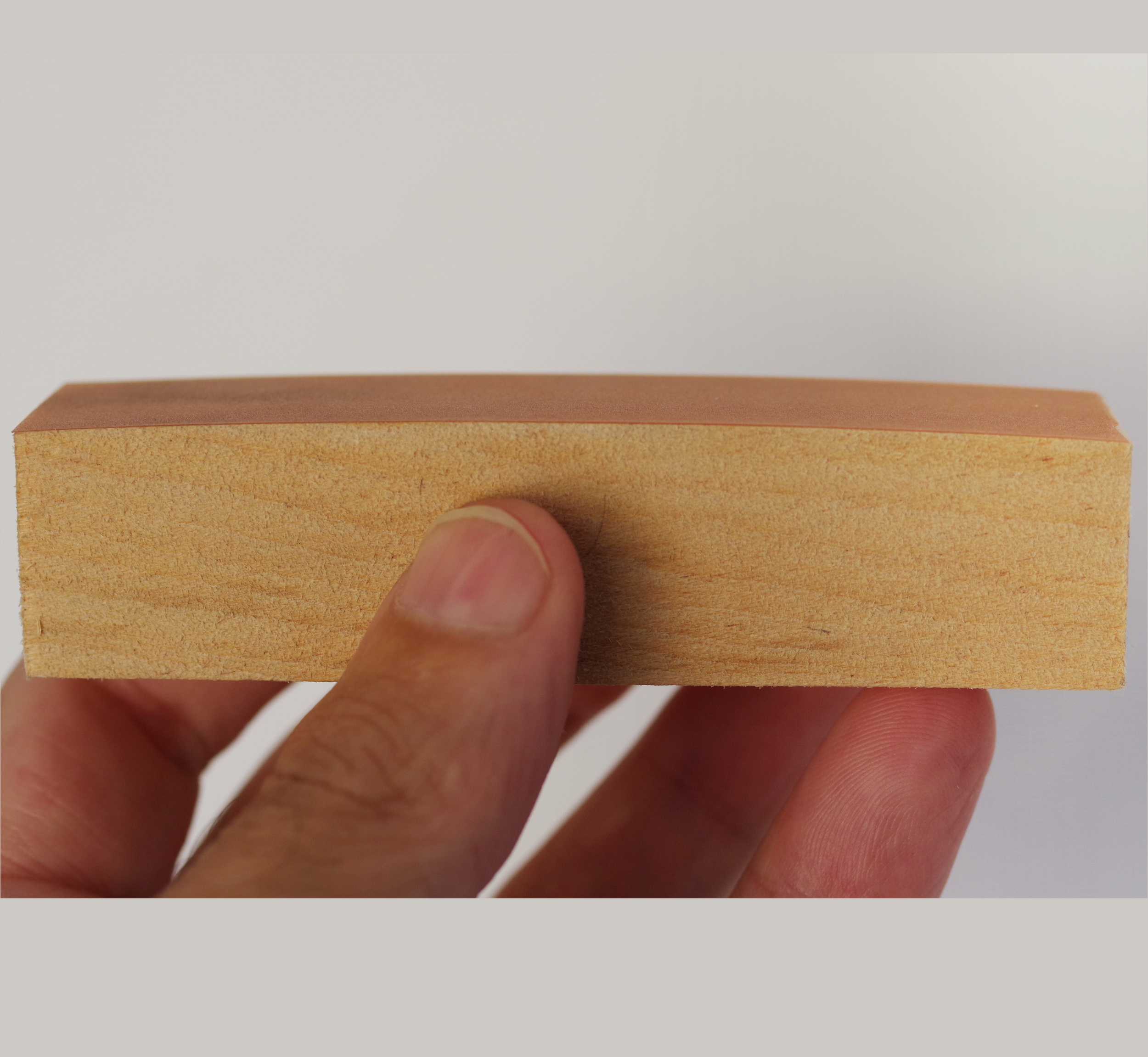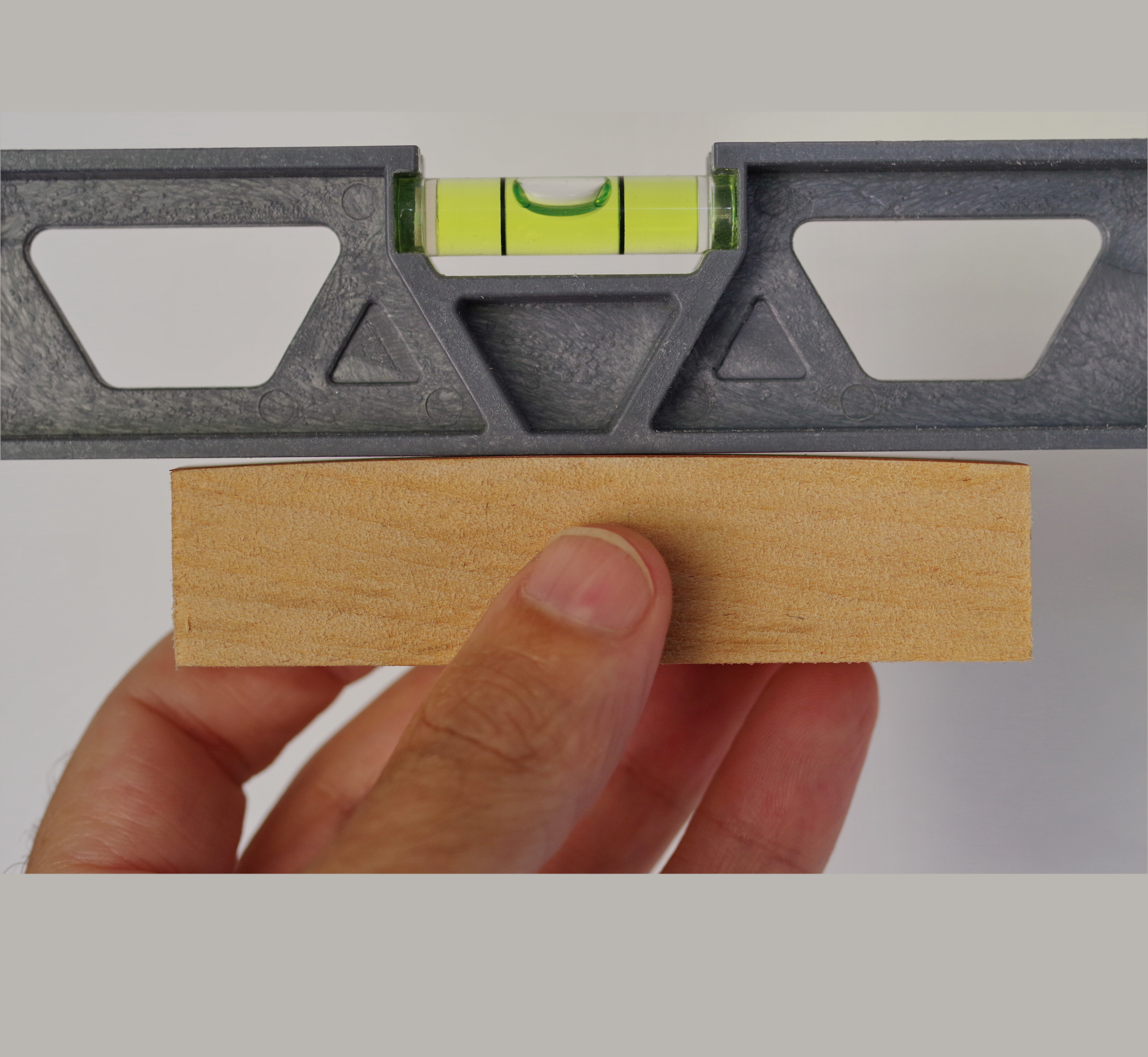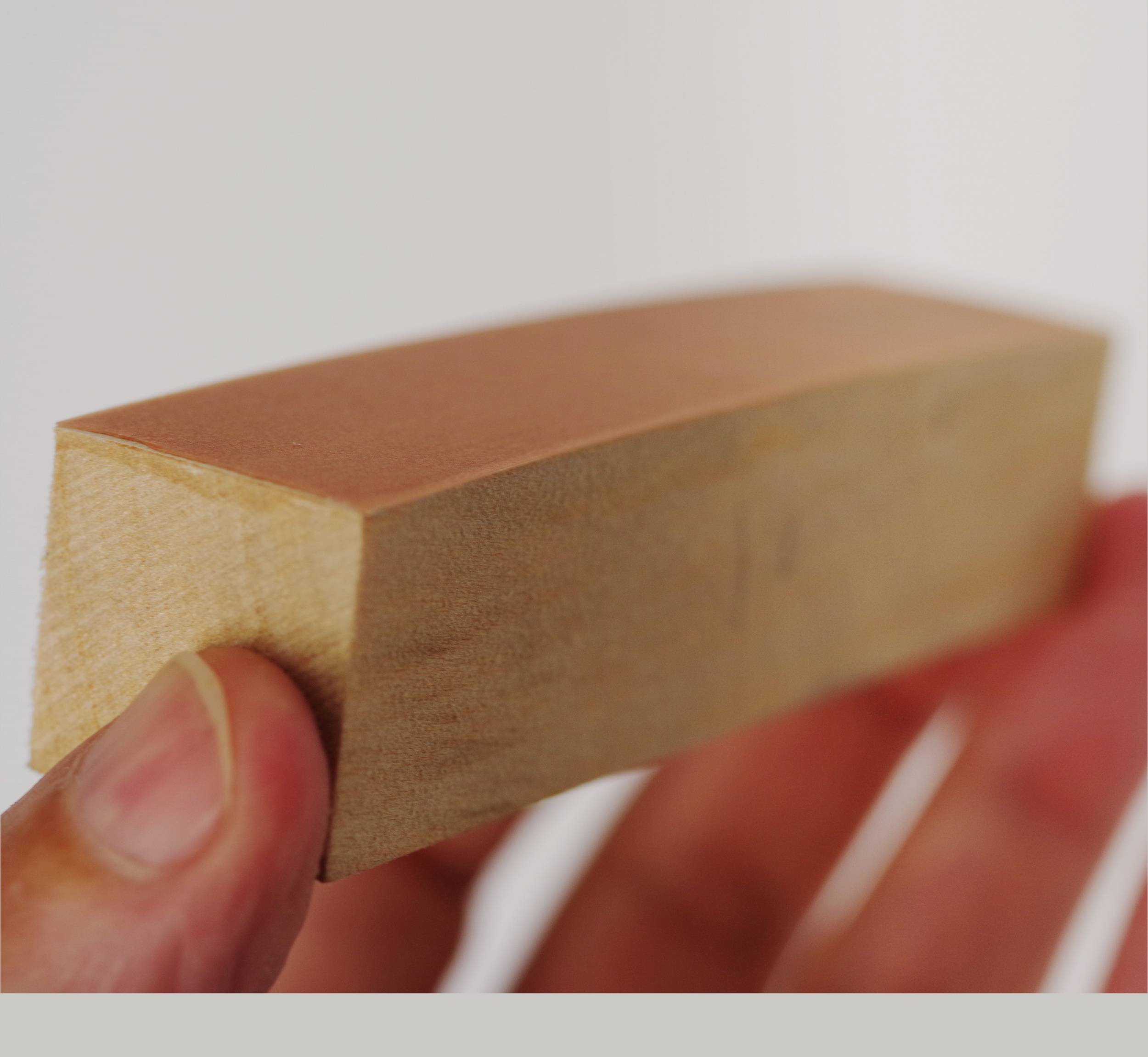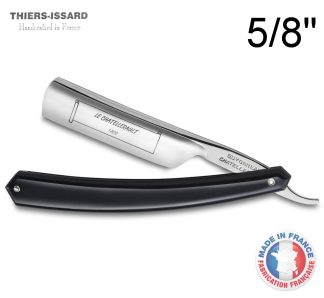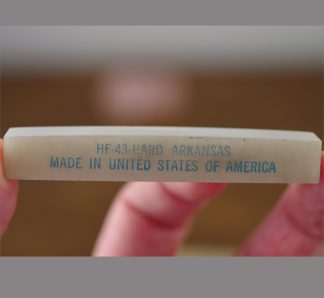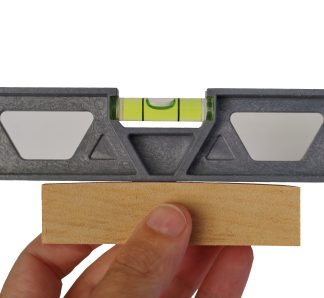Description
However, many men reading this who might already agree on the concepts in theory have not really tried the concave bevel shaving thing much themselves, both for not wanting to buy an expensive custom lapping plate or find a similar shape “in the wild”, nor to have to suffer through reshaping their whetstones. Manual labor stinks!
Well, that’s where these little guys come in; it won’t need reshaping, and gives you that concave bevel for peanuts! It is 1250 grit, supposedly, and in practice I would say it is pretty damn blindingly fast. Personally I recommend use with an ultra fine mineral oil like the kind designated for sewing machines, but you may prefer water, distilled water / isopropyl alcohol mix, water diluted Ballistol oil, whatever you like…but be sure you give this blue strip a nice clean perfectly lubricated slice of diamonds before you go rubbing it up on the razor bevel, that way you’ll never nick it and you can get a lot more razors done with this one $20 spend than you think! Using to hone razors sold here it still has taken multiple months of sessions before noticing two similar slices “lost their fastball”. But they were/are still cutting, is the crazy part; they just ain’t the speed demons they were.
A clever way to refine the work you do here is to, well, work with it as the fine fast diamond wheel it is. It is a wheel; they only cut the one way, geometrically speaking. What you control is where they do that. Back in the day, imagine you had some sort of bicycle contraption that got you to rotate your 10×2″ hard Ark wheel about as fast as an LP record, and you weren’t laying the spine down flush to a ten *inch* wheel, so you worked your stone wheel spine-free, and you worked it in phases on the bevel; when spine’s close to wheel and the whole bevel in the wheel’s grinding zone, you’ll be sharpening the side of the bevel closest the spine, then you’d still work on that same wheel to make the edge strong by having it gradually held to ~30-45° or whatever it was to the wheel, with just a wisp of the touching vs the early work where the spine was right up on the wheel, on the way you keep on raising the spine from the early work and hopefully reducing the total length of your contact patch on the bevel you’re making as you refine it.
Easiest way to do that is a few repetitive swipings at the edge from heel to toe with the little block some fixed angle off and contacting just a bit of bevel, your spot doesn’t have to be exact but find a spot and do it in succession 3-4x per side of the bevel.

